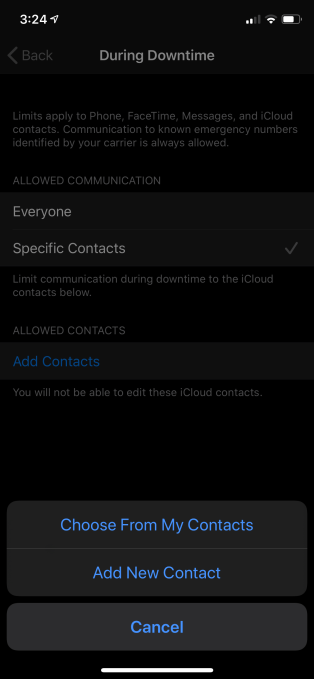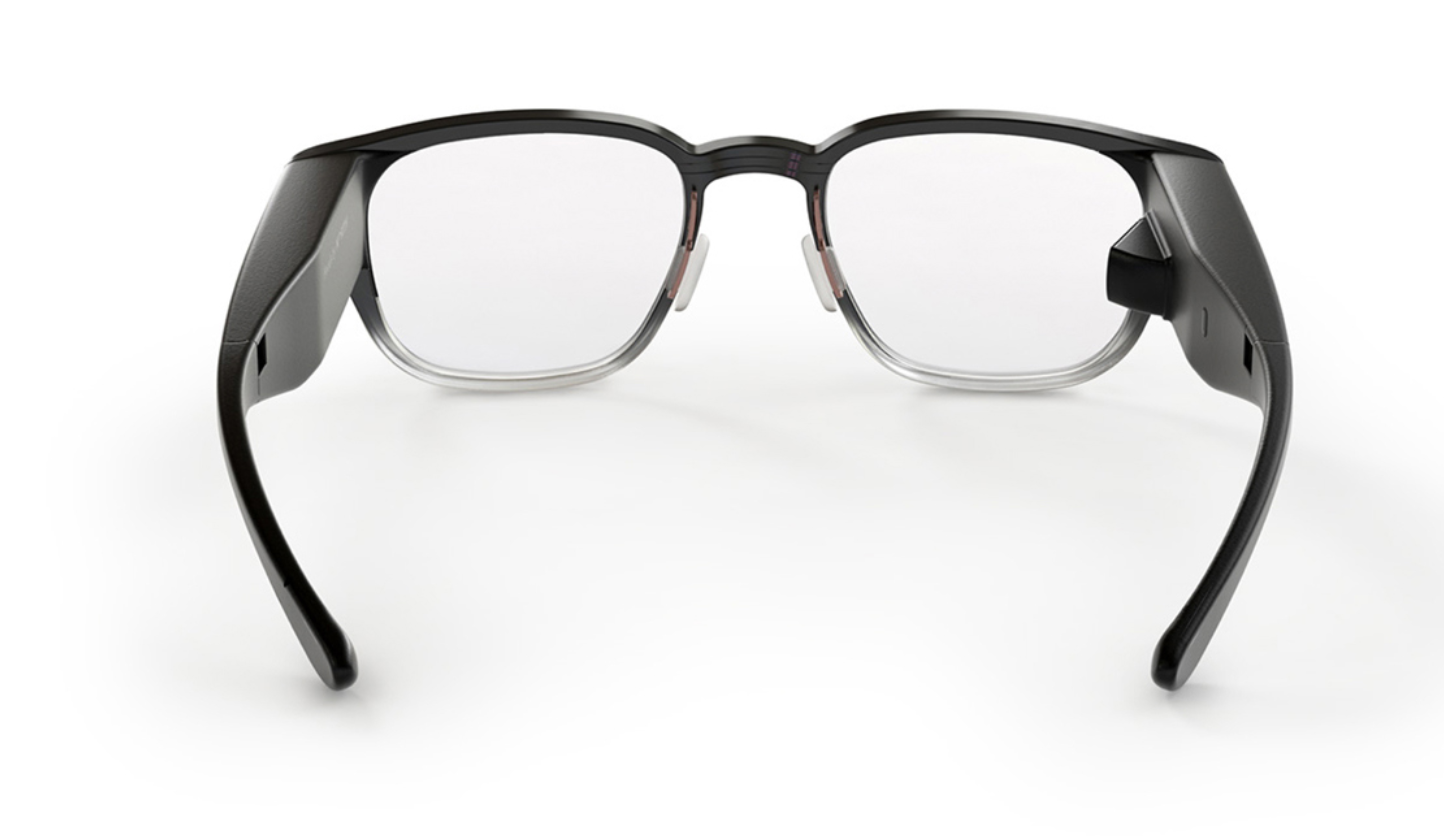If you thought the saga of the $7,000 Apple Pro Display XDR couldn’t get any more ridiculous, prepare yourself for the proverbial cherry on top: The company insists that you only use the single special cleaning cloth that comes with the monitor. If you lose it, you’re advised to order another.
Apple, already under fire from longtime users for the ever-increasing price of its products, attracted considerable ire and ridicule when it announced the high-end monitor in June. Of course there are many expensive displays out there — it was more the fact that Apple was selling the display for $5,000, the stand separately for $999, and an optional “nano-texture” coating for an additional grand.

Just wait till you see how much the Mac Pro that goes with it costs.
Technically it’s not actually a “coating” but an extremely small-scale etching of the surface that supposedly produces improved image quality without some of the drawbacks of a full-matte coating. “Typical matte displays have a coating added to their surface that scatters light. However, these coatings lower contrast while producing unwanted haze and sparkle,” the product description reads. Not so with nano-texture.
Unfortunately, the unique nature of the glass necessitates special care when cleaning.
“Use only the dry polishing cloth that comes with your display,” reads the support page How to clean your Apple Pro Display XDR. “Never use any other cloths to clean the nano-texture glass. If you lose the included polishing cloth, you can contact Apple to order a replacement polishing cloth.” (No price is listed, so I’ve asked Apple for more information.)
Obviously if you’re cleaning an expensive screen you don’t want to do it with Windex and wadded-up newspaper. But it’s not clear what differentiates Apple’s cloth from an ordinary microfiber wipe.
Do the nano-scale ridges shred ordinary mortal cloth and get fibers caught in their interstices? Can the nano-texture be damaged by anything of insufficient softness?
Apple seems to be presuming a certain amount of courage on the part of consumers, who must pay a great deal for something that not only provides an uncertain benefit (even Apple admits that the display without the coating is “engineered for extremely low reflectivity”) but seems susceptible to damage from even the lightest mishandling.
No doubt the Pro Display XDR is a beautiful display, and naturally only those who feel it is worth the price will buy one. But no one likes to have to baby their gadgets, and Apple’s devices have also gotten more fragile and less readily repairable. The company’s special cloth may be a small, even silly thing, but it’s part of a large and worrying trend.
from Apple – TechCrunch https://ift.tt/2rD2z2L



 And if this is set up under Screen Time’s Parental Controls, parents get to choose who can contact their children and when and vice versa. During downtime, parents can also designate which particular contacts the child can message and call — like only mom or dad, for example.
And if this is set up under Screen Time’s Parental Controls, parents get to choose who can contact their children and when and vice versa. During downtime, parents can also designate which particular contacts the child can message and call — like only mom or dad, for example.